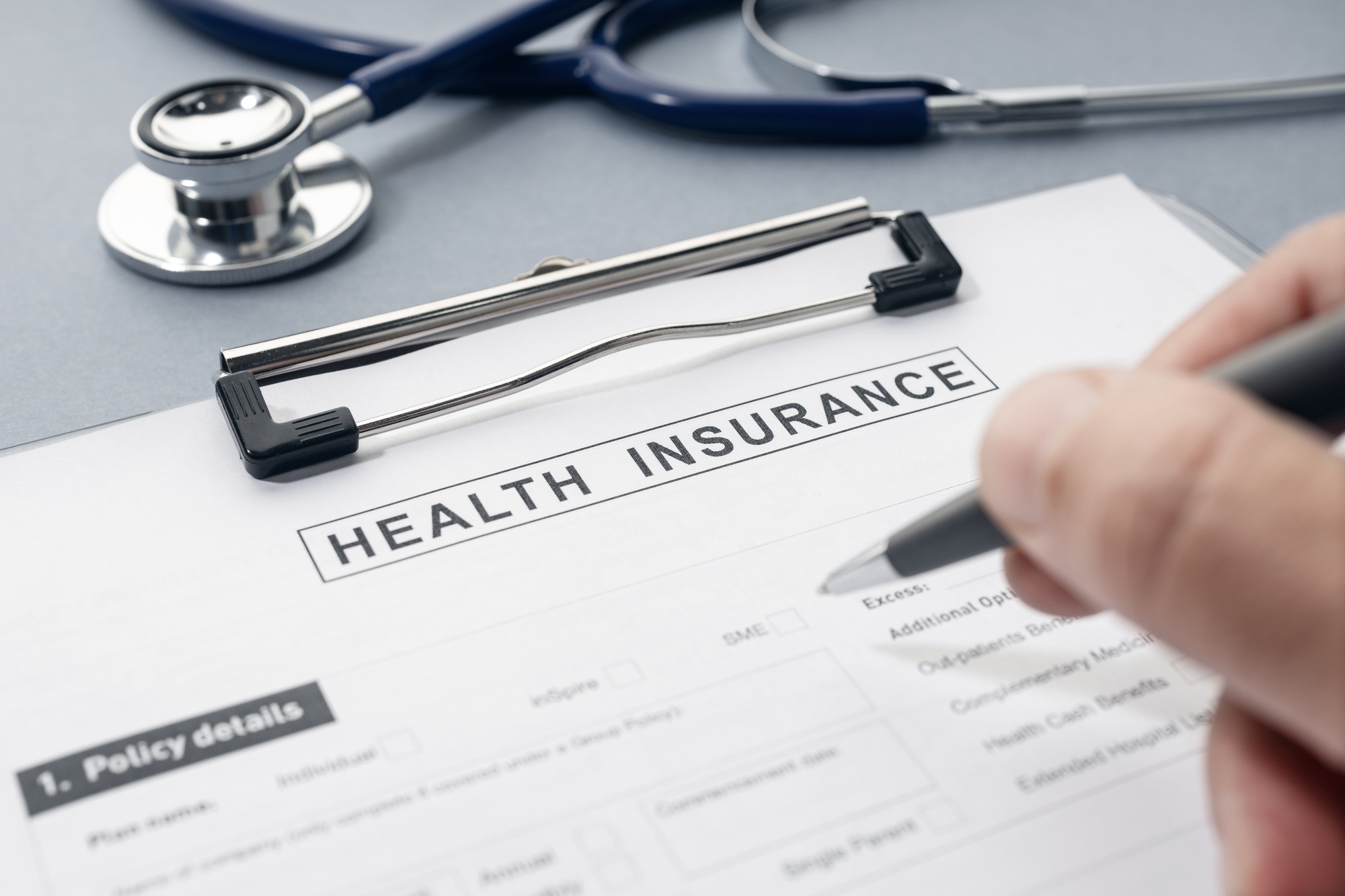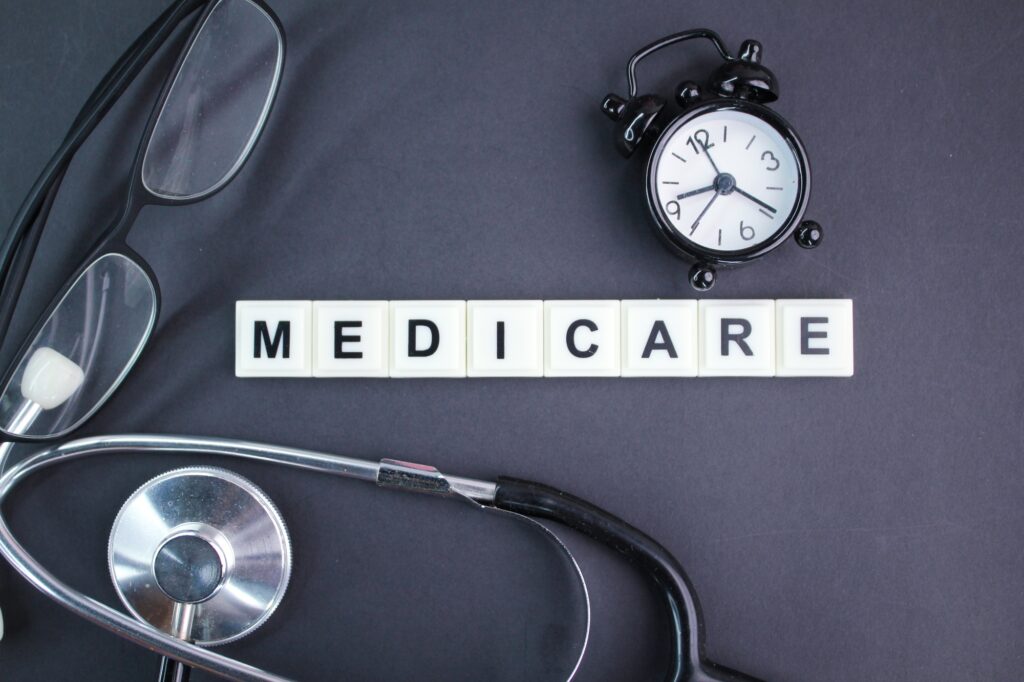Jesse Smedley is the Principal Broker for iHealthBrokers and the founder, president, and CEO of Smedley Insurance Group, Inc. and iHealthBrokers.com. Since the inception of SIG in 2007, Jesse has been dedicated to helping people save money on their health insurance by providing them with resources to educate themselves on all their health insurance options, both under age 65 and Medicare beneficiaries. He is featured in many publications as well as writes regularly for expert columns regarding health insurance and Medicare.
Medicare Part D is your prescription drug coverage. Should you enroll even if you don’t take prescription drugs?
To Enroll in Medicare Part D…
The crux of the decision is whether to enroll or not. Let’s discuss both options.
If you’re not taking any prescription drugs, it seems silly to pay a monthly premium for something you’re not using! So why would you?
First, enrolling when you first become eligible will help you to avoid the Medicare Part D late enrollment penalty. The late penalty is calculated as:
1% X National Base Beneficiary Premium X # of Months without Insurance
In 2021, the national base beneficiary premium is $33.06. So, you’re talking roughly $0.33/per month without insurance. Once you do enroll in Part D, this penalty will be tacked onto your monthly premium forever. And, chances are, at some point, you will want to enroll in Medicare Part D. It’s currently estimated somewhere around 90% of senior citizens take prescription drugs and well over 50% take more than four prescription drugs. Those costs can definitely stack up.
So, at some point, you’ll probably want to enroll in Part D, but when? You may save a little money by putting off enrollment now, but it could end up costing you in the long run.
Let’s say, you put it off for three years. Your late penalty would be about $10 added to your monthly premium. Make sure to run the numbers before you make any decisions.
$10 may not sound like much but here’s something you probably didn’t take into consideration. You may actually be able to get a plan now for less than $10! You can view the available plans on Medicare.gov.
Additionally, the unexpected does happen. If you don’t have prescription drug coverage and find yourself in need, you could be forced to decide between waiting for the next enrollment period or paying some pretty big bills.
…Or Not to Enroll in Medicare Part D
The other option is, of course, not to enroll. Or at least, not to enroll now. Because the national base beneficiary premium does tend to increase on a yearly basis, so will the late penalty. However, as we’ve seen, it’s still a pretty negligible amount for a small time.
Should you need standard prescription drugs, there are plenty of ways to access lower cost prescriptions. For example, certain drug stores or grocery stores offer certain medications for free. Mostly generic, standard antibiotics.
There are also pharmaceutical assistance programs and state pharmaceutical assistance programs.
And with a little research and forethought, you can save a ton of money using programs like GoodRX. In fact, even if you are enrolled in Medicare Part D, it’s always helpful to ask your pharmacist whether your prescription will be cheaper with insurance or GoodRX.
Obviously, you’re taking a bit of a risk, so do your research. And remember, you can always enroll in an inexpensive plan now and choose a different plan later when your needs change.
Medicare Part D is arguably the most confusing part of Medicare, so if you’d like our assistance, please feel free to give us a call here at iHealthBrokers at 888-918-0518 or schedule a call today!







